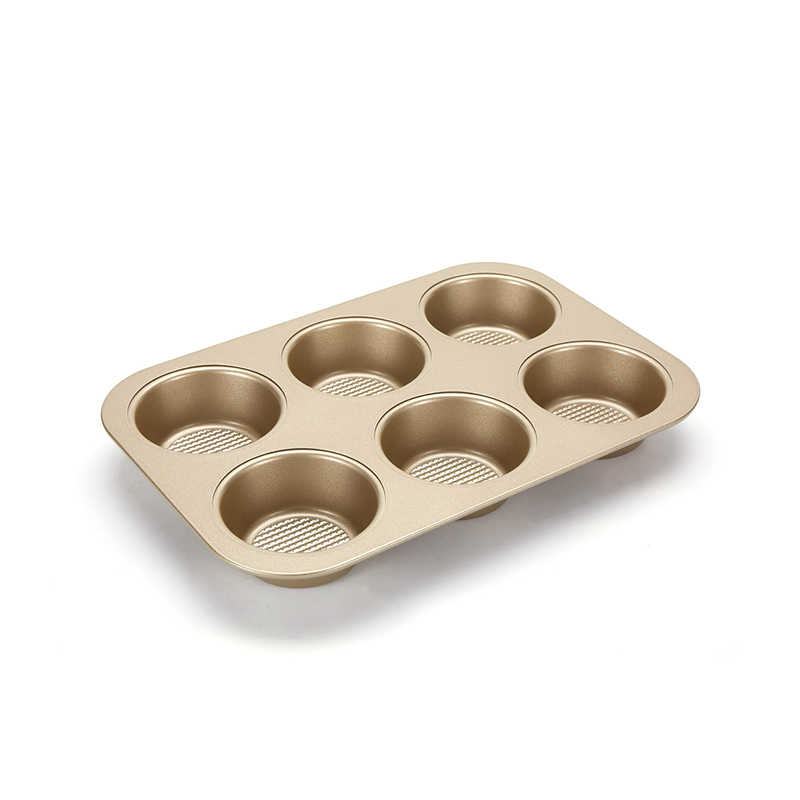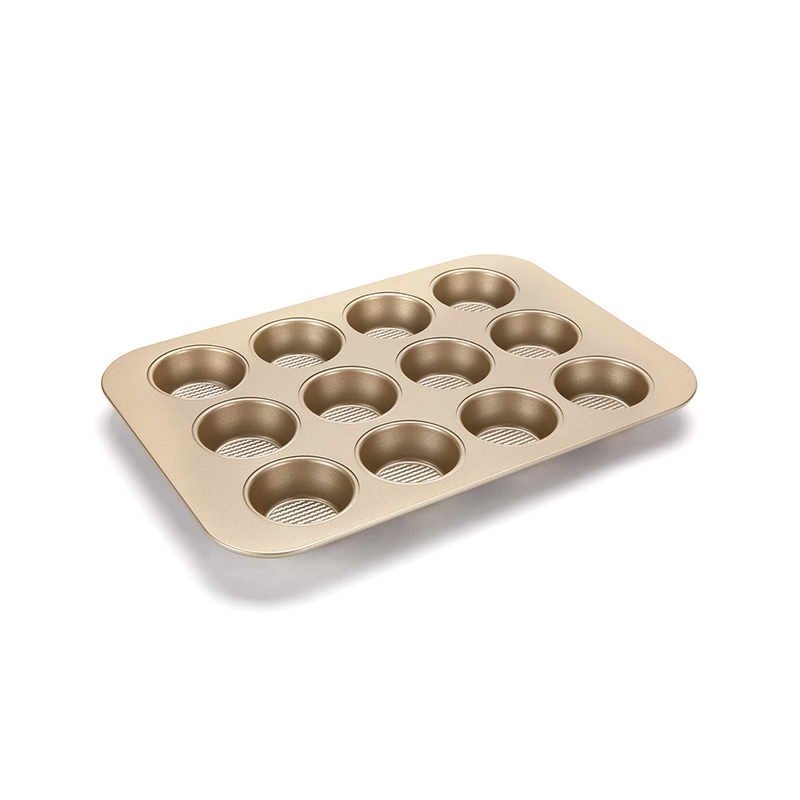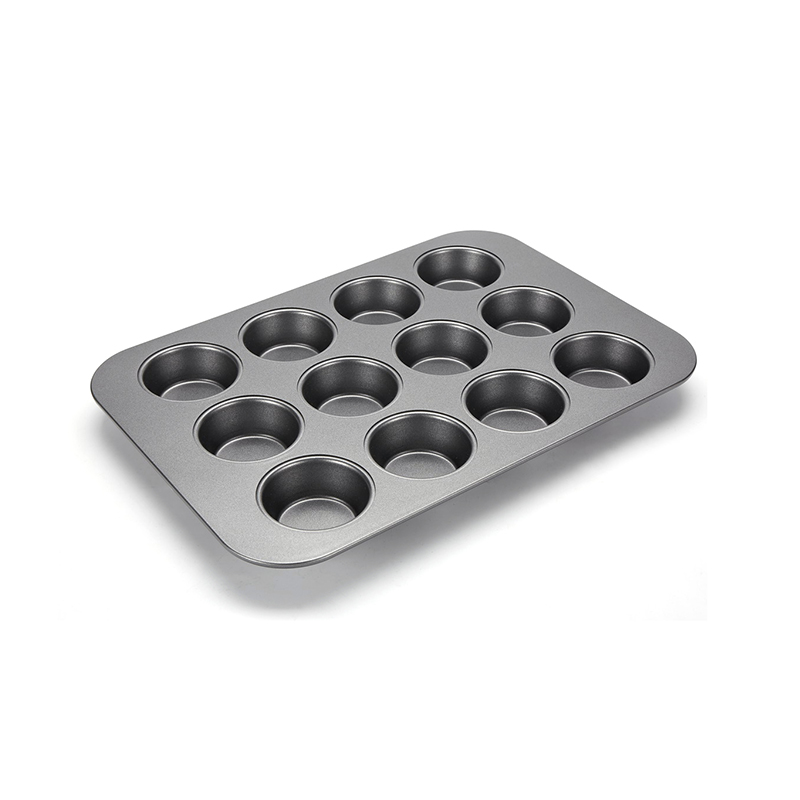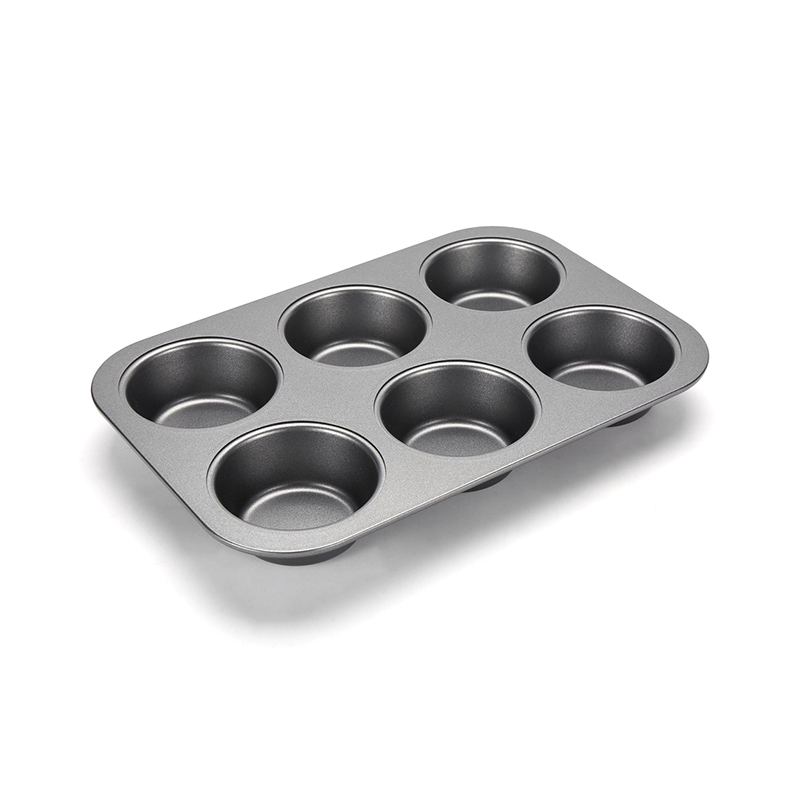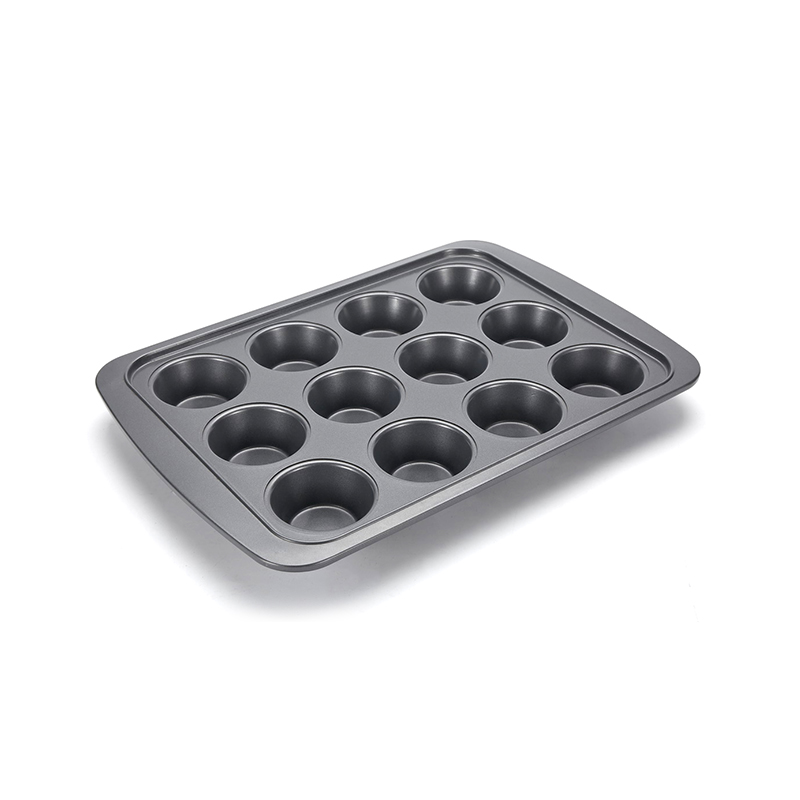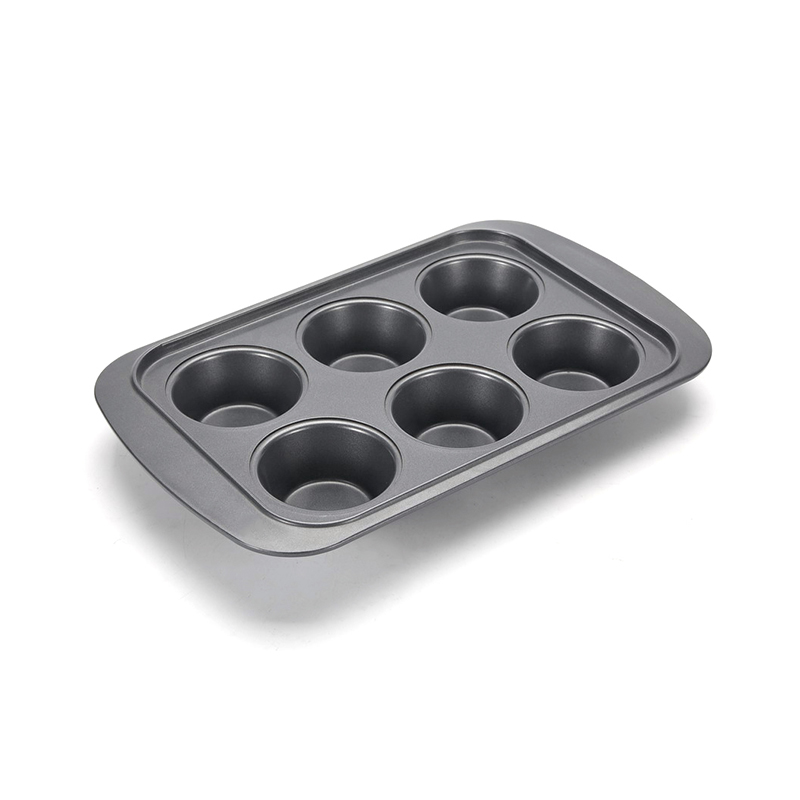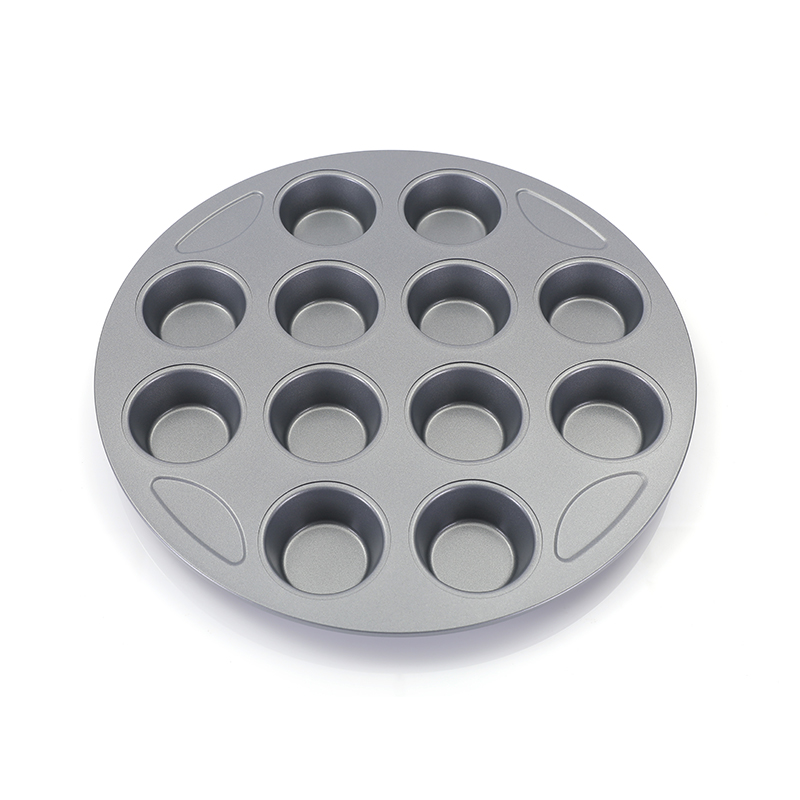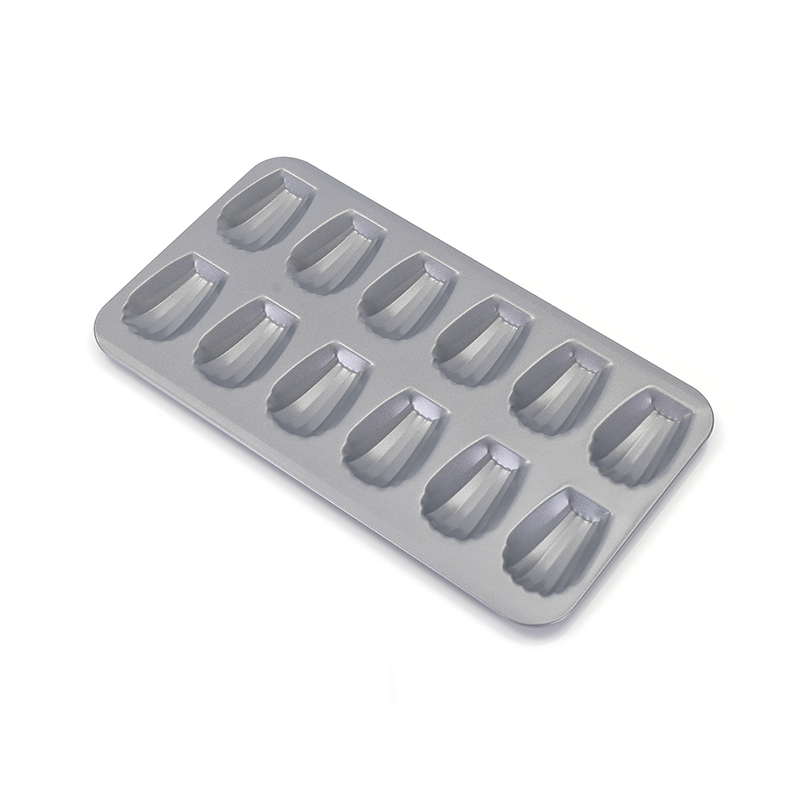When it comes to baking, especially cakes, many factors contribute to the final result—ingredients, mixing techniques, oven temperature, and baking time. However, one element often underestimated is the cake pan itself, also known as the cake mold. The choice of cake pan has a significant influence on the appearance, texture, taste, and even cooking consistency of your baked goods. Below is a comprehensive breakdown of how different aspects of cake pans affect your baking outcomes.
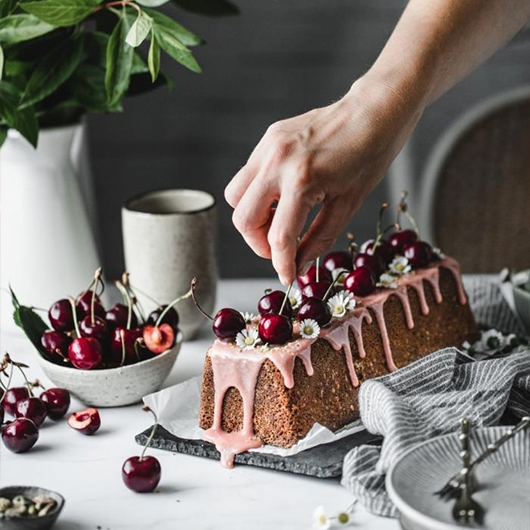
1. Shape and Size
The shape and size of a cake pan directly affect the cake's appearance and baking behavior. Round pans are popular for layered cakes, square pans are often used for brownies and dense cakes, while novelty shapes like hearts or flowers are great for themed events. The pan's diameter and height determine batter volume and baking time. A deep pan may require a longer bake at a lower temperature to avoid an undercooked center, while shallow pans bake faster.
Choosing the right shape also depends on the occasion and the recipe. For instance, chiffon cakes require tall tube pans to rise properly, while loaf cakes are suited for rectangular pans.
2. Material of the Cake Pan
Cake pans come in various materials, each offering unique benefits:
Metal pans, especially aluminum and carbon steel, provide outstanding heat conductivity, causing faster and more even baking. They are widely used in professional kitchens.
Silicone pans are flexible, easy to store, and offer great non-stick performance, though they may require support underneath and tend to bake more slowly.
Glass pans distribute heat evenly but take longer to heat up and may not brown cakes as effectively.
Ceramic pans are aesthetically pleasing and retain heat well, but they can be heavy and require longer baking times.
Choosing the appropriate material ensures the cake bakes evenly without burnt edges or soggy centers.
3. Non-stick Performance
A pan's non-stick coating can make or break your cake presentation. High-quality non-stick surfaces reduce the need for added fats like butter or oil and make unmolding easier, especially with intricate cake designs. Silicone pans naturally offer outstanding release, whereas metal pans may need to be greased and floured. Damaged or low-quality coatings may cause sticking and crumbling.
Maintaining the non-stick surface is also important—avoid abrasive cleaning tools that could scratch and degrade the coating over time.
4. Thermal Conductivity and Baking Time
The thermal conductivity of a cake pan affects how quickly it heats up and how evenly it bakes the batter. Metal pans heat up and cool down rapidly, which is ideal for most cakes but may require close monitoring. Silicone and ceramic pans heat more slowly and can cause longer baking times but often promote a more even rise.
This property is critical for recipes that require precise timing. Using the wrong pan could result in undercooked centers or overly crisp edges.
5. Uniform Heating
Uneven heating can cause cakes that are cooked on one side but raw on the other. Pans with thin or warped bases may cause such inconsistencies. High-quality materials, like heavy-gauge aluminum or steel, offer uniform heating, helping avoid problems like dome tops or sunken centers.
6. Ease of Demolding and Decorating
The demolding process is easier with flexible silicone pans or those with quality non-stick coatings. Intricate shapes require pans that release cleanly to preserve decorative details. Pans that stick can damage the cake's structure, making it harder to decorate or serve attractively.
For those who regularly decorate cakes with fondant or frosting, using the correct pan ensures a smoother surface and defined edges.
7. Capacity and Volume
Every pan has a improve fill line—typically about two-thirds full to allow for rising. A mismatch in pan capacity can result in overflow or under-risen cakes. Always match the recipe volume to the correct pan to avoid baking mishaps and wasted batter.
8. Durability and Longevity
Durable cake pans resist warping and coating deterioration, even after repeated use. Thin or poorly constructed pans may bend, warp, or chip over time. Investing in long-lasting pans saves money in the long term and ensures consistent baking results.
9. Ease of Maintenance and Cleaning
Silicone pans are generally dishwasher-safe and flexible, making cleaning easy. Metal pans require more care to maintain their non-stick properties and should typically be hand-washed. Glass and ceramic pans are also dishwasher-safe but can be prone to staining or cracking if exposed to sudden temperature changes.
10. Cost and Value
While basic pans are inexpensive, premium cake pans—especially those with high-end coatings or unique shapes—may come at a higher cost. However, the investment is often worthwhile. Better materials, longevity, and improved baking results make them a smart choice for serious bakers.




 English
English  Deutsch
Deutsch  Español
Español 